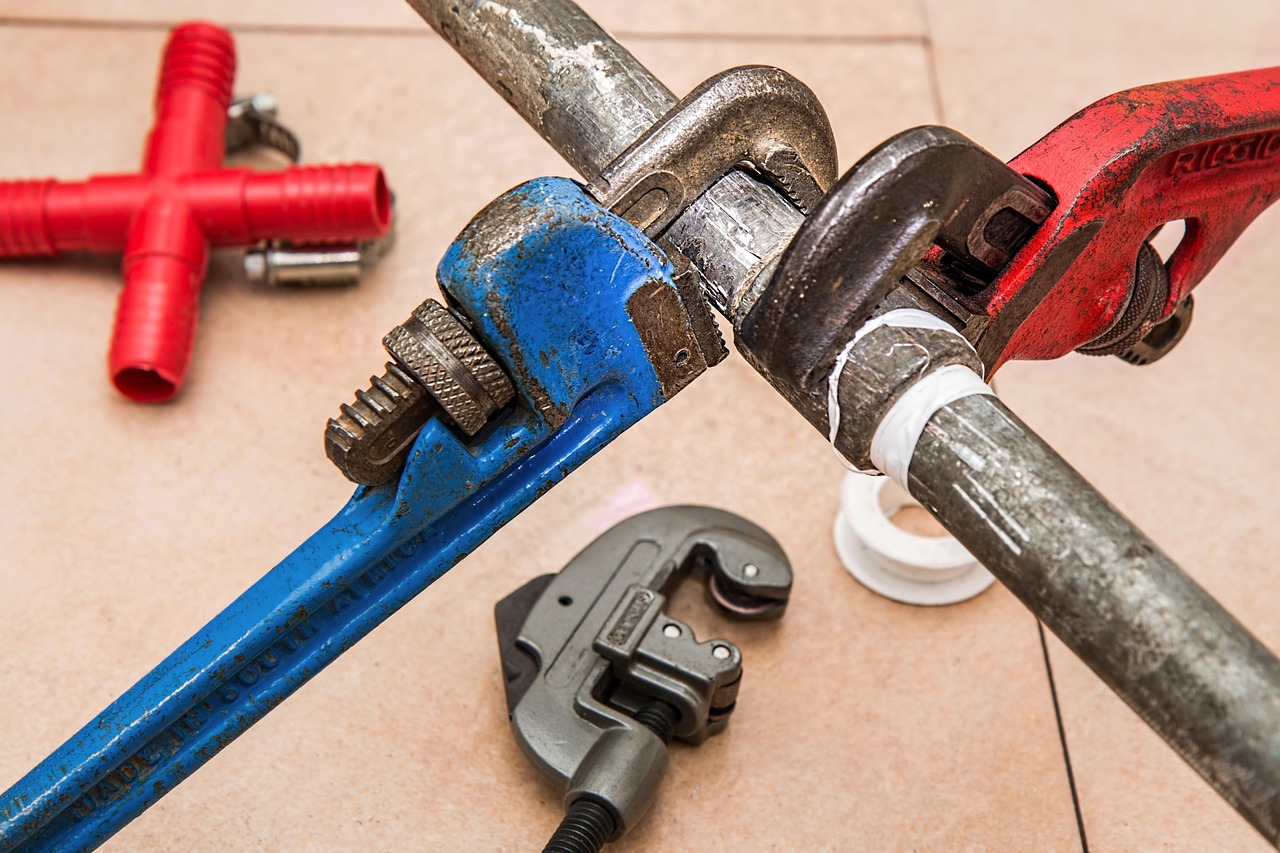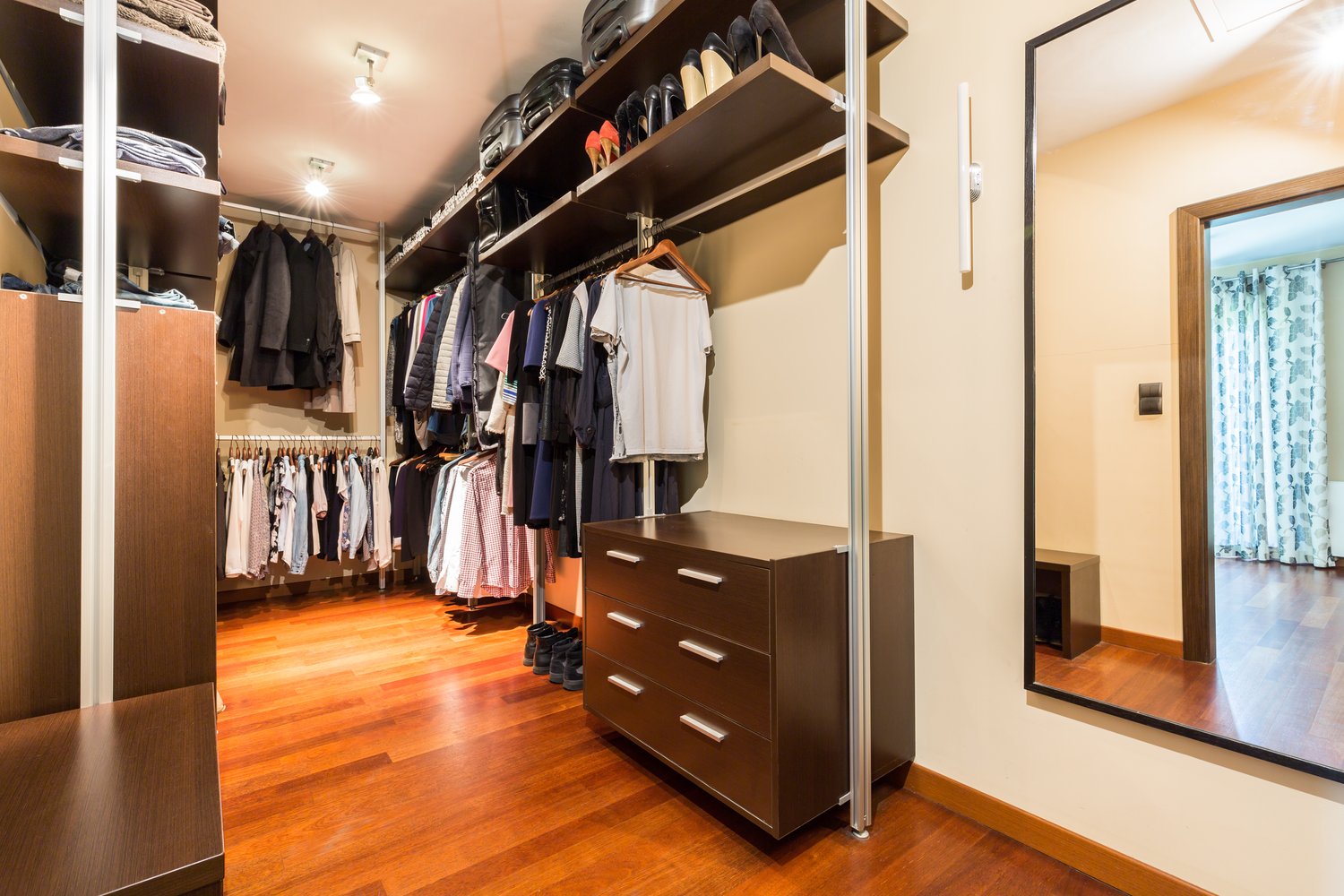Outdoor rugs can transform patios, decks, and porches into comfortable, stylish living spaces that feel like natural extensions of your home. Selecting the right weather resistant patio rug requires understanding which materials can withstand the elements while maintaining their appearance. Beyond selection, knowing how to properly clean outdoor carpet and implement regular outdoor rug care routines will significantly extend your investment’s lifespan. This guide explores the best outdoor rug materials available today and provides essential maintenance tips to keep your outdoor spaces looking beautiful year-round.
Understanding Outdoor Rug Materials
When shopping for an outdoor rug, material selection should be your primary consideration. The best outdoor rug material will depend on your specific environment and how much exposure to the elements your rug will face. Synthetic fibers generally offer superior weather resistance compared to natural materials. Polypropylene (also called olefin) stands as the most popular choice among outdoor rug materials due to its exceptional durability and resistance to moisture, mold, and mildew. This material can withstand heavy foot traffic while maintaining its appearance even when exposed to rain, sun, and fluctuating temperatures.
Polyester represents another excellent synthetic option, offering vibrant color retention and resistance to fading, even in areas with intense sunlight. Many homeowners appreciate polyester’s soft feel underfoot, which provides a more luxurious experience than some other synthetic materials. For those seeking eco-friendly options, recycled plastic rugs have emerged as innovative alternatives that combine sustainability with impressive weather resistance.
Natural materials like sisal, jute, and seagrass can work in covered outdoor spaces but require more protection from direct moisture. These materials offer beautiful texture and organic appeal but are better suited for screened porches or seasonal use where they can be stored during inclement weather. Bamboo rugs provide another natural option with slightly better moisture resistance, though they still benefit from placement in protected areas.
Features to Look for in Weather Resistant Patio Rugs
Beyond the base material, several features enhance a rug’s ability to withstand outdoor conditions. UV-resistant treatments prevent color fading and material degradation from sun exposure, particularly important for rugs in uncovered areas. Many manufacturers apply these protective coatings during production, extending the vibrant appearance of your outdoor rug through multiple seasons.
Water-resistant or waterproof backing prevents moisture absorption into the rug, which can lead to mold and mildew growth. Some weather resistant patio rugs feature drainage holes or mesh construction that allows water to flow through rather than pooling on the surface. This design consideration proves especially valuable in areas with frequent rain or for rugs placed near pools or water features.
Weight and stability matter significantly for outdoor placement. Heavier rugs resist wind uplift, though some lightweight options feature grommets for securing to deck surfaces. As suggested by interior design professionals at AskHomey, considering these practical features alongside aesthetic preferences ensures your outdoor rug remains functional and beautiful throughout its lifespan.
Seasonal Cleaning and Maintenance
Regular maintenance dramatically extends the life of outdoor rugs. For routine clean outdoor carpet practices, start with frequent shaking or vacuuming to remove loose dirt and debris that can become embedded in fibers. Most synthetic outdoor rugs can be hosed down periodically, with a mild soap solution applied for deeper cleaning. Allow the rug to dry completely on both sides before replacing it to prevent mildew development.
Addressing spills immediately prevents staining and potential fiber damage. Blot—never rub—liquid spills with absorbent cloths before cleaning with appropriate solutions based on your rug’s material. For food spills, gently scrape away solid matter before treating the affected area.
Seasonal deep cleaning should become part of your annual outdoor rug care routine. At least once yearly, typically at season’s end, thoroughly clean your rug according to manufacturer guidelines. Some synthetic rugs can be cleaned with diluted bleach solutions for sanitizing and stain removal, while others require specialized cleaners to maintain warranty coverage and appearance.
Storage and Protection Tips
During off-seasons or severe weather periods, proper storage protects your investment. Clean and completely dry your rug before rolling—never folding—it for storage. Wrapping in breathable materials like cotton sheets prevents dust accumulation while allowing any trapped moisture to escape. Store in cool, dry locations away from direct sunlight to prevent color fading or material degradation during non-use periods.
For rugs remaining outdoors year-round, consider seasonal repositioning to distribute wear patterns and sun exposure more evenly. Periodic lifting allows trapped moisture to evaporate from underneath, preventing mold growth and surface damage. In regions with snowy winters, either store rugs or elevate them off ground surfaces to prevent freeze damage and staining from melting snow.
Extending Your Outdoor Rug’s Lifespan
Small preventative measures significantly impact longevity. Place outdoor furniture leg pads under heavy items to prevent fiber crushing and distortion. Rotate rugs periodically to distribute wear patterns, especially in high-traffic pathways. Consider using outdoor rug pads underneath to provide cushioning, improve air circulation, and reduce moisture retention.
When selecting cleaning products, always verify compatibility with your specific rug material. Harsh chemicals can damage fibers, affect colorfastness, and void manufacturer warranties. Test any new cleaning solution on an inconspicuous corner before applying broadly across your rug’s surface.
For more tips and to connect with reliable home service professionals, follow AskHomey on Facebook and Instagram.



